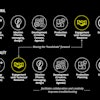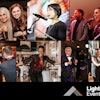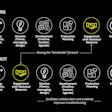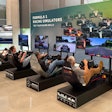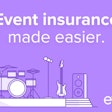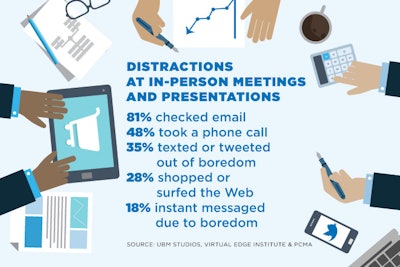
This story is part of a five-part series on how technology has changed the event industry. See the introduction to the package here.
Mobile phones have been around for decades, but their impact at events began to take off in 2007 when Apple unveiled the first iPhone. With each passing year the capabilities of handheld devices has increased, giving attendees more options of how to spend their time and attention. “It was the confluence of smartphones and social media that has really transformed events,” Ball says. Professional and personal commitments are no longer left at the door, and that state of constant connectedness is a mixed blessing. While it facilitates instant sharing of an event online, the access to social networks can also be a distraction—as can email, texting, games, Web browsing, and more.
The ubiquity of the multitasking attendee has put pressure on planners to create experiences that garner and hold attention. The impact can be seen in the way presentations are produced—durations have been shortened (what some call the “TED phenomenon”) and interaction with attendees is vital. And rather than telling everyone in the room to turn off their devices, many speakers now encourage attendees to keep them on—and aim to say something worthy of a share.
The fact that everyone coming through the door is now likely carrying at least one mobile device also means planners can incorporate second-screen systems to push session content right into their hands and then track the engagement. “You get ratings all the way down to a session or a speaker or even the slide level,” says David Haas, director of digital solutions at FreemanXP. “You’ve got the ability to capture real quantitative data and walk away with it right then and there. So it’s not tainted by a bad flight home.”
[PULLQUOTE]
In tandem with the rise in smartphone adoption has been an increase in the use of mobile apps. Errol Ahearn, vice president of global design for event marketing company Global Experience Specialists, calls apps “the single biggest change I’ve seen.” According to a 2014 study by Meeting Professionals International and app provider DoubleDutch, 63 percent of meeting planners are using event apps. And unlike early versions that simply transferred the printed directory into digital form, most have evolved into comprehensive solutions that include session materials, meeting scheduling, social sharing, push notifications, and the ability to integrate multiple events so the app can be used to maintain communication throughout the year.
Mobile devices have also changed fund-raising techniques. The American Cancer Society’s Discovery Ball in Chicago was an early adopter of mobile bidding technology, using it for the first time in 2009 with a separate handheld device from IML. Now the organization gives attendees access to auctions right on their smartphones with an app from GiveSmart. “The fear factor has been reduced,” Kite says. “We used to have to have a lot more volunteers available in a room to help people make a bid. Now I think if we didn’t have mobile bidding, they would think we are in the dark ages.”
The use of mobile devices has created a new issue for planners to manage: Wi-Fi at venues. The expectation is that it is fast, reliable, and free to use. “Fifteen years ago this didn’t come into play. Having great Wi-Fi wasn’t a big deal. Everybody was connecting to a carrier to connect their phones, and the big thing was voice connectivity not data,” Haas says. “Nowadays if you don’t have sufficient Wi-Fi, that seriously affects the overall value that attendees take away from an event.”
Next: Changing the Planning Process
Previous: Making Social Connections

